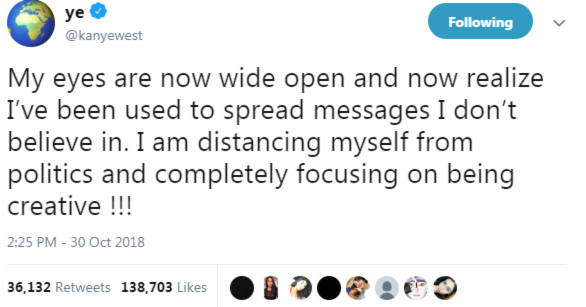 On Sunday, as a group of migrants crossed into the U.S. at the San Ysidro Land Port of Entry between Tijuana and San Diego, U.S. Border Patrol agents fired tear gas in an attempt to dispel the group. President Trump defended the agents' actions, stating that "they had to use [it] because they were being rushed by some very tough people and they used tear gas."
On Sunday, as a group of migrants crossed into the U.S. at the San Ysidro Land Port of Entry between Tijuana and San Diego, U.S. Border Patrol agents fired tear gas in an attempt to dispel the group. President Trump defended the agents' actions, stating that "they had to use [it] because they were being rushed by some very tough people and they used tear gas.""Here's the bottom line, nobody's coming into our country unless they come in legally," he added. Before U.S. agents used tear gas against the migrants, members of the migrant caravan planned a peaceful march to the border to demand asylum as Customs and Border Protection closed the port of entry. After being denied entry into the U.S., the situation escalated and some migrants began to throw projectiles at U.S. authorities in opposition. CBP used this as justification on Twitter: "Border Patrol agents deployed tear gas to dispel the group because of the risk to agents' safety." The Mexican Interior Ministry stated that migrants who attempted to "violently" and "illegally" cross the border would be deported.
By international and U.S. law, those who reach the U.S. border are allowed to petition for asylum. Thousands of asylum seekers wait days to weeks as "fewer than 100 asylum petitions per day are being processed at the San Ysidro entry point." Migrants protested to pressure U.S. officials into speeding up the process. How can the asylum process become more efficient? Children migrants as well as families that were not even near where the agents had used tear gas felt its effects. What proper methods could the U.S. Border Patrol agents have used to resist the projectiles thrown at them?
https://www.cnn.com/2018/11/25/us/san-ysidro-port-of-entry-closed/index.html
https://www.npr.org/2018/11/25/670687806/u-s-agents-spray-tear-gas-at-migrants-briefly-close-tijuana-border-entry
https://www.npr.org/2018/11/26/671026271/trump-defends-use-of-tear-gas-at-the-border-mississippi-senate-heads-to-a-runoff



/s3.amazonaws.com/arc-wordpress-client-uploads/tbt/wp-content/uploads/2018/11/11114100/MCT_US-NEWS-FLA-RECOUNTS-11.jpg)







